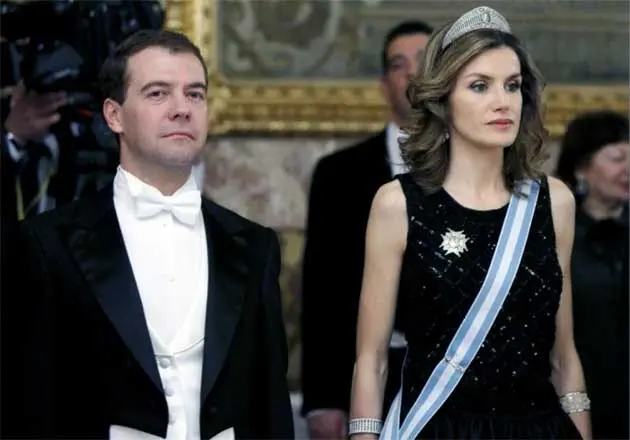Given the current state of relations between Russia and Ukraine, this material is particularly relevant.
Market economy, compatible or small enterprises, farming… These concepts are becoming increasingly part of our daily lives. More and more of our compatriots, who were once far removed from business agreements and contracts, are contemplating whether to start their own ventures. Unfortunately, many of our businesspeople and public figures do not always realize that the success of their endeavors often hinges on adhering to accepted rules and norms of conduct. These rules apply both internationally and domestically. All these protocols, norms, conventions, and traditions are collectively referred to as diplomatic protocol.
A top-notch professional, the Extraordinary and Plenipotentiary Ambassador of the USSR, Professor F. F. Molochkov, has repeatedly emphasized that impeccable diplomatic protocol can elevate “third-rate” diplomacy to a much higher level; for a diplomat, mastering diplomatic protocol is as essential as a surgeon’s skillful use of a scalpel. Over the years, I have often witnessed the truth of these statements: protocol can achieve a great deal.
To humiliate a person (or, in international relations, a state), one does not need a harsh voice or a stern face; it is enough to casually pat your interlocutor on the shoulder in an official setting…
For a long time, we have overlooked the importance of etiquette in our daily lives, considering it almost superfluous. Today, this leads to our businesspeople finding themselves in difficult situations due to inappropriate behavior, struggling during negotiations.
So, what is diplomatic protocol? It consists of two parts: international law—which governs the status, privileges, and inviolability of foreigners in a given country—and etiquette. Confucius once said that one must possess an abundance of talents and virtues to replace etiquette. In fact, we will focus solely on this aspect of diplomatic protocol moving forward.
First and foremost, I want to emphasize that diplomatic protocol is not only applicable during international negotiations or high-level meetings; we utilize it both vertically and horizontally. It serves as a classic, universal means of human communication. It was established long ago when primitive tribes, having resolved their conflicts, entered into the first peace agreements. Apparently, this is when the etiquette for conducting peaceful diplomatic negotiations began to take shape.
Over the centuries, the etiquette for concluding trade agreements, inter-agency contracts, and even the conduct of sporting events has been refined.
Ultimately, often without realizing it, we adhere to diplomatic protocol in our everyday lives. For instance, when an older man enters a room, a younger person will invariably stand up to greet him, and a courteous man will allow a woman to speak first. When hosting guests, who should be offered coffee first—older individuals, men, or women?
It is important to note that diplomatic protocol consists of many so-called formulas. Some of these are essential to know. Anyone intending to conduct business in our country or abroad should master the formula for “official person.” What does this mean? Let me explain with an example. Once, negotiations were taking place at a capital city enterprise, the successful conclusion of which would allow the Kyiv representatives to enter the international arena. The low price was crucial. Suddenly, one of the specialists began to express his thoughts.
He stated that he had his own opinion regarding the preliminary conditions set forth by his management. The foreign partners interpreted this as a change in the position of the Ukrainian side. It is well-known that a person participating in negotiations is not an individual but an official representative who conveys not personal opinions but the established positions of their side. How that specialist harmed the negotiations!
All discussions and proposals should be thoroughly reviewed before the official meeting. This cannot be done in the presence of future partners. During business meetings and the signing of agreements and protocols, there are no specialists; there is only the “official person.”
An official person must, even when mentally rehearsing various scenarios, envision the final outcome and the means to achieve it. To me, a fitting comparison is that when turning on a faucet, one must not only know how to turn it off but also consider what awaits you and others if you cannot manage it.
There is no need to list all the formulas now. It is worth warning that there are no trivialities in etiquette. In certain situations, a detail can become decisive, significantly shaping others’ perceptions of you. Among our businesspeople, there is sometimes a tendency to offer a handshake reluctantly or stiffly. Whether they see it as a display of superiority or some kind of sophistication, I cannot explain. But I know for sure that, as the French say, it “smells fishy,” hinting at… So, I advise familiar men and women to offer a firm handshake when greeting, energetically shaking their partner’s hand.
However, the formula for a business meeting will be the topic of our next discussion.
I believe that communication with readers will be more beneficial if we address specific situations in the future, allowing us to understand where a person acted correctly and where they made a mistake.

